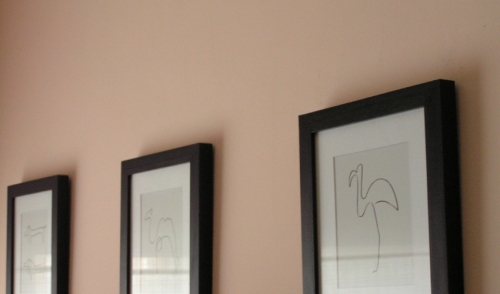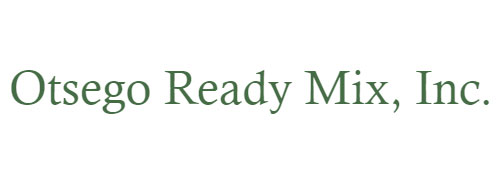Guide to Paint Finishes

Whether you own your home or rent, chances are you will eventually spend a little time with the paintbrush and roller. One of the first things you need to do before painting is make a decision: what kind of finish do I want? First off, exactly what is a finish? In terms of paint, finish refers to the sheen, or the way that the paint reflects light. Basically, how shiny it is. How and where you use the different types of finishes is dependent on the location and condition of the surface you wish to cover. For example, flat finishes reflect little light at all and thus have no sheen. They are best at hiding blemishes. The drawbacks are that flat paints are more difficult to clean and are not very durable. Glossy finishes clean much better, are more durable, but also reveal more blemishes on the surface. Below, we’ll discuss the different variations among finishes and the most common applications for each.
- Flat or “Matte” finish paints reflect a very little light. As mentioned above, these paints show very little imperfections and are relatively easy to apply. Flat paints are most commonly applied using a roller, and are for walls and ceilings. Flat finishes can endure light cleaning, but any significant amount of scrubbing can easily remove paint from the surface.
- The next step up from flat is eggshell. Eggshell finishes have a slight sheen to them and are a little bit more durable flat paints. Because they hold up better, they are more aptly suited for busier rooms of the house such as the living room or hallways.
- Satin finishes are an additional notch up from eggshell in both durability and sheen. Because of the increased sheen, more care must be use when applying, as to not show brushstrokes or roller marks. Bathrooms and kitchens generally use at least a satin finish on the walls, though gloss paints are still preferable.
- Gloss and semigloss paint is most commonly used on woodwork and trim, though it is also a sturdy choice for the walls in kitchens and bathrooms. This is because the harder surface allows for more rigorous scrubbing and cleaning. Gloss and semigloss are also more resistant to moisture.
Though this is an example of some of the basic finishes available, there are other specialty paints that have more specific uses. For bathrooms and kitchens there are paints that are formulated to resist the growth of fungus and mold. Additionally there are paints that are often solvent-based and feature extremely durable surfaces designed for use on floors and other high-traffic applications.
If you’re preparing for a painting project and are unsure of which type of finish to choose, stop in and talk to our knowledgeable staff and they will be happy to recommend the finish that suits you best.




Comments